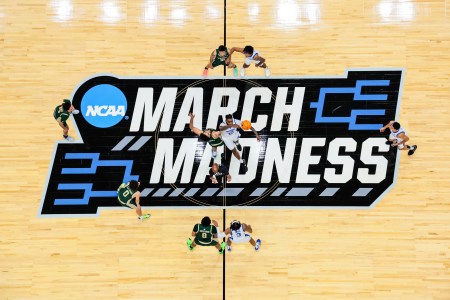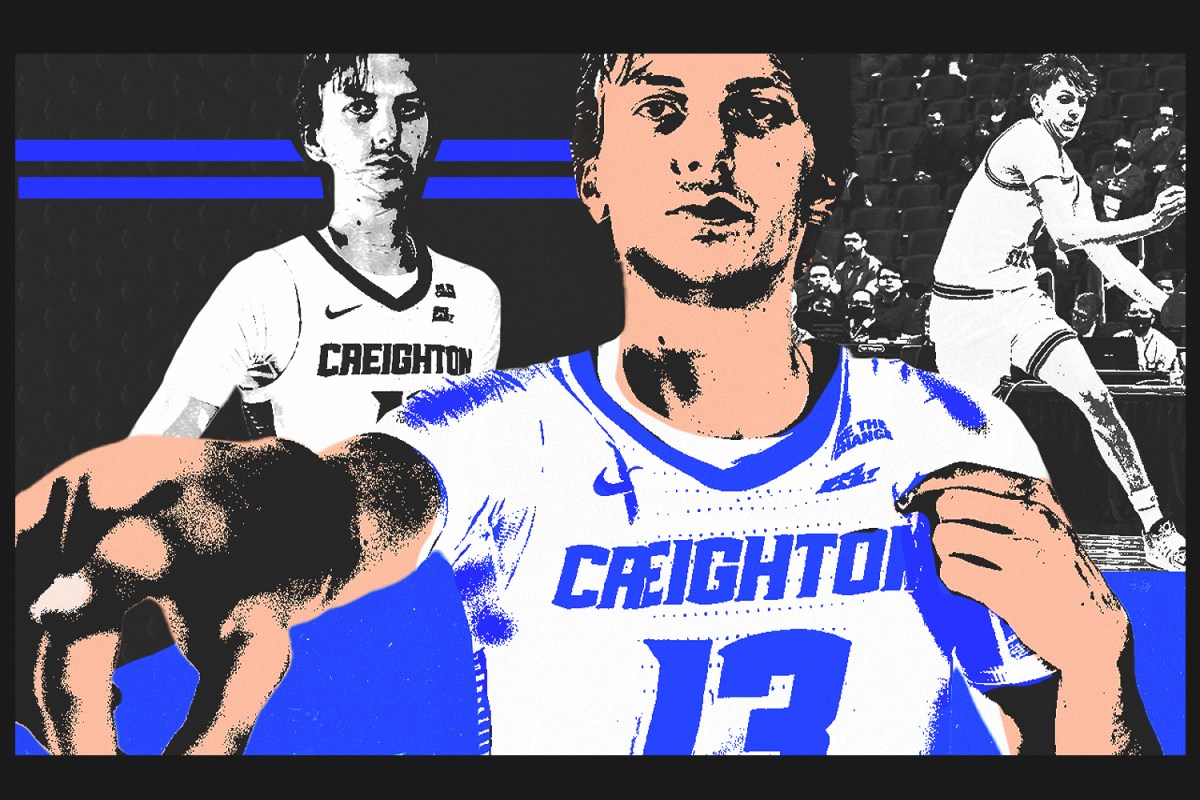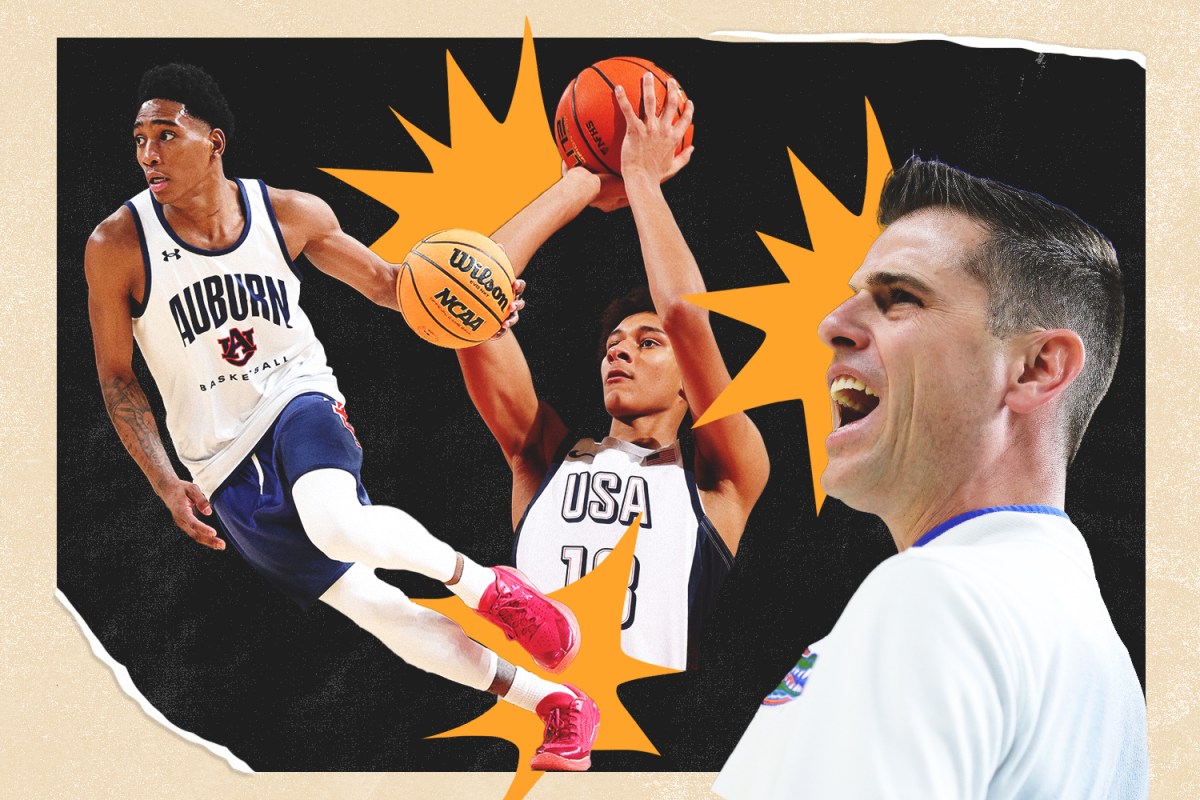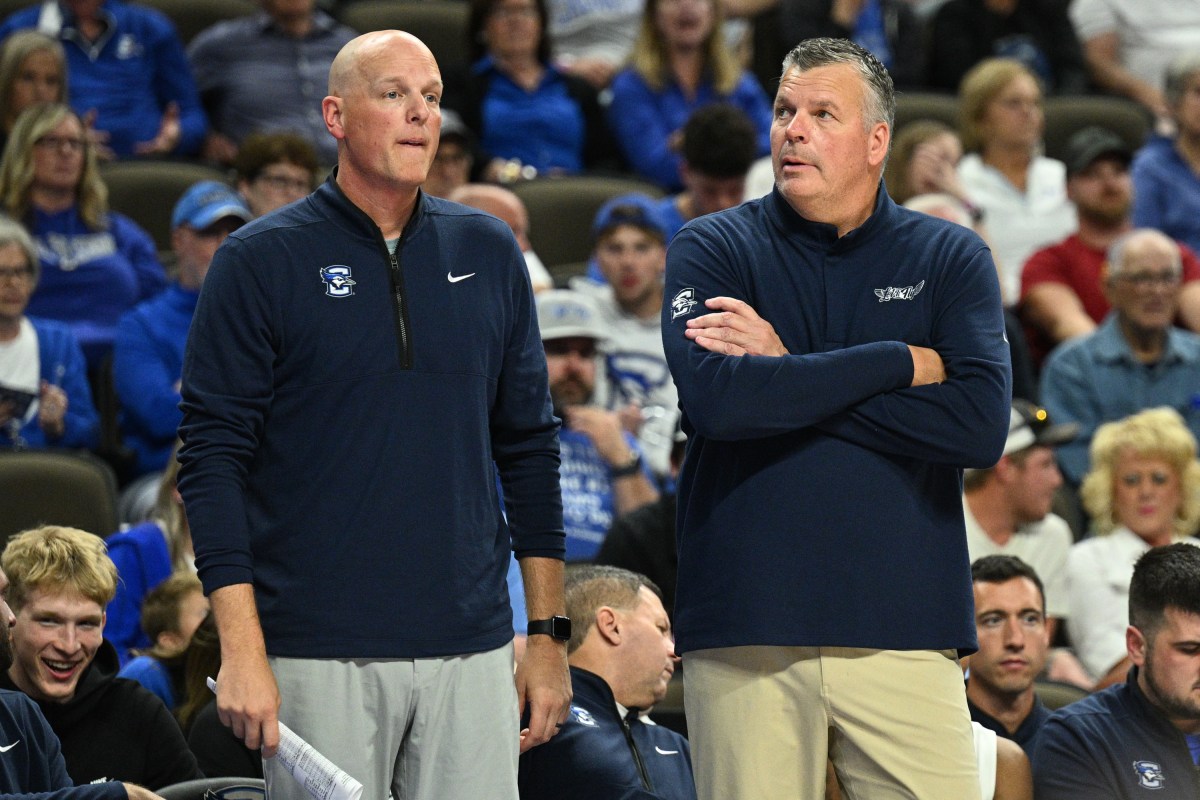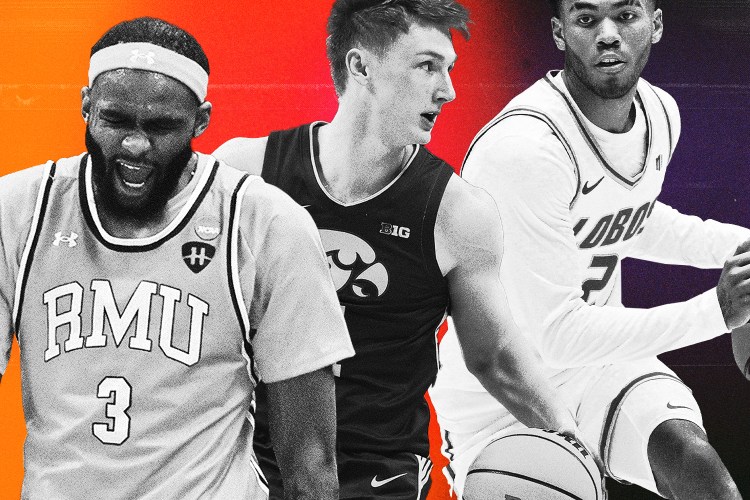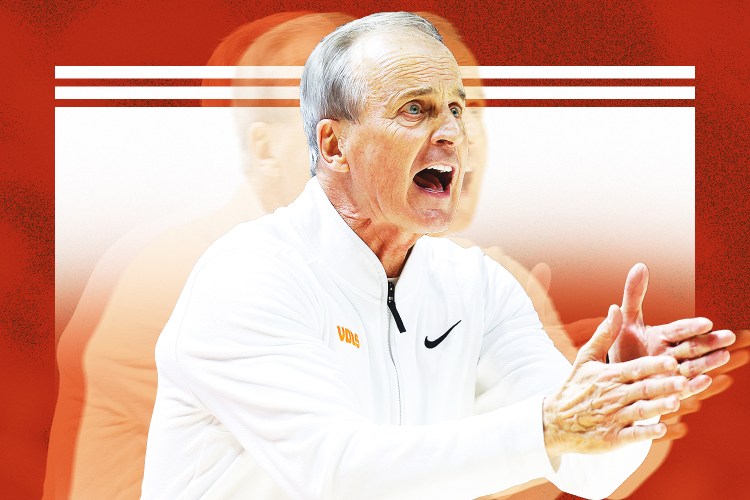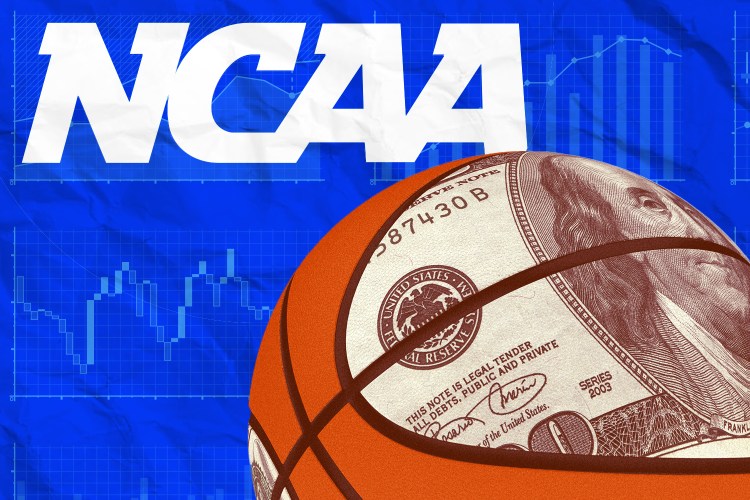I’m old enough to remember a time when people complained that too many teams from outside the power conferences had made the Final Four. San Diego State from the Mountain West. FAU from Conference USA. Even Miami from the ACC felt like it didn’t belong. This was heralded as the start of a new era and it was all blamed on the transfer portal. Now that players were available to change schools as if they were surfing through TikTok, the mid-majors, it was said, were on more equal footing. Cinderella didn’t just crash the dance, she was running it — and ruining it.
That was two years ago.
And, of course, it was a phony narrative —just like so many of the narratives people try to impose on the gloriously chaotic enterprise that is the NCAA Tournament. After all, the year before that we were treated to an all-blueblood Final Four of Duke, North Carolina, Kansas and Villanova. Last year, UConn, Purdue, Alabama and NC State were the last teams standing.
Narratives are tricky, aren’t they?
Now, we have a new narrative: Cinderella is dead. And it’s all because of — you guessed it — the transfer portal and its evil twin, NIL. College sports has undergone a seismic change in the past few years as it moves quickly toward professionalization. Things will take another giant leap this summer when revenue sharing kicks in. Under the new paradigm, schools will be able to pay their athletes up to $20 million, distributed among the sports and players as each school sees fit.
I can understand why people are eager to build the Cinderella-is-dead narrative around the 2025 NCAA Tournament. Last week saw a notable dearth of the upsets that usually define March Madness. As a result, this is the first time since 2007 that we don’t have a team seeded No. 11 or lower in the Sweet Sixteen. It’s also the first time since 1975 that only four leagues are being represented, but that’s as much a result of conference realignment as anything else. Last season, Arizona was in the Pac-12. Two years ago, Houston was in the AAC. So by traditional standards, we have six leagues represented, not four. Still, Cinderella ain’t here. That cannot be denied.
But is this really the new normal? Or a one-year aberration? After all, it always has been hard for lower-seeded teams to advance deep in the NCAA Tournament. That’s what made it so extraordinary when No. 15 seed Saint Peter’s made the Elite Eight in 2023. Seeing VCU, George Mason, Butler and FAU and schools of that ilk make the Final Four hardly ever happens. When it does, it’s a really big deal.

But now that revenue sharing is coming, won’t the schools from power conferences get the better players? Yes. This is nothing new. From the time the very first college basketball game was played, the schools with the deepest pockets always have gotten the better players. There always has been a gap between the haves and have-nots. Is that gap going to grow in the revenue-sharing era? It’s too early to tell, but my guess is that it won’t. It always has been considerable and will continue to be.
There has been a lot of hand-wringing the past few years over the supposed unfairness of the transfer portal because it empowers high-major schools to poach good players from mid-majors. But that ignores that mid-majors are poaching players from low-majors. Mid-majors also bring in transfers who signed with power conference teams out of high school but need to transfer down because they aren’t getting enough playing time. And with power schools focused on bringing in older transfers, mid-majors now have access to a much better freshman than before.
This is how it always has worked: The big boys eat first, the mid-majors scavenge for scraps, and despite these built-in disadvantages, once in a while a smaller school or two busts our brackets in March and gives us a thrilling ride.
As for whether the NCAA Tournament would be better or worse without any Cinderellas in the later rounds, where you stand depends on where you sit. If you’re a fervent college basketball fan and purist, you probably want to see more little guys taking on the big boys. But if you’re a TV executive, you are content having big-name brands on your airwaves in the later rounds. They bring more eyeballs, bigger ratings and, yes, more money.
When I argued for NCAA Tournament expansion, I got a lot of pushback from people claiming “no one wants to watch” mediocre teams from power conferences like North Carolina and Texas play in March Madness. Yet those two teams helped deliver the First Four’s highest ratings since it was created in 2011. The first two rounds garnered an average of 9.4 million viewers, which is the highest since 1993, according to CBS Sports and TNT Sports. Not only is a lack of Cinderellas not portending the “death of college basketball,” as some have predicted, it could well give this thing extra life.
That said, there also is no doubt that the prospect of mid-major teams busting everyone’s bracket is a huge part of what gives March Madness its charm — a charm that, in turn, can be monetized, both by the stakeholders and by the schools themselves by way of merchandise, marketing, increased enrollment and the like. The smaller schools have an important role to play in the NCAA Tournament. That’s what makes this thing March Madness. Without them, it would be just another playoff.
So let’s tap the brakes on all the narratives and see how this plays out. If this really is the beginning of a new normal, we won’t know for a few more seasons. In the meantime, we have an octet of high-powered matchups unspooling on our screens the next two nights. This is still the NCAA Tournament, and Cinderellas or not, it’s the best show in sports.



